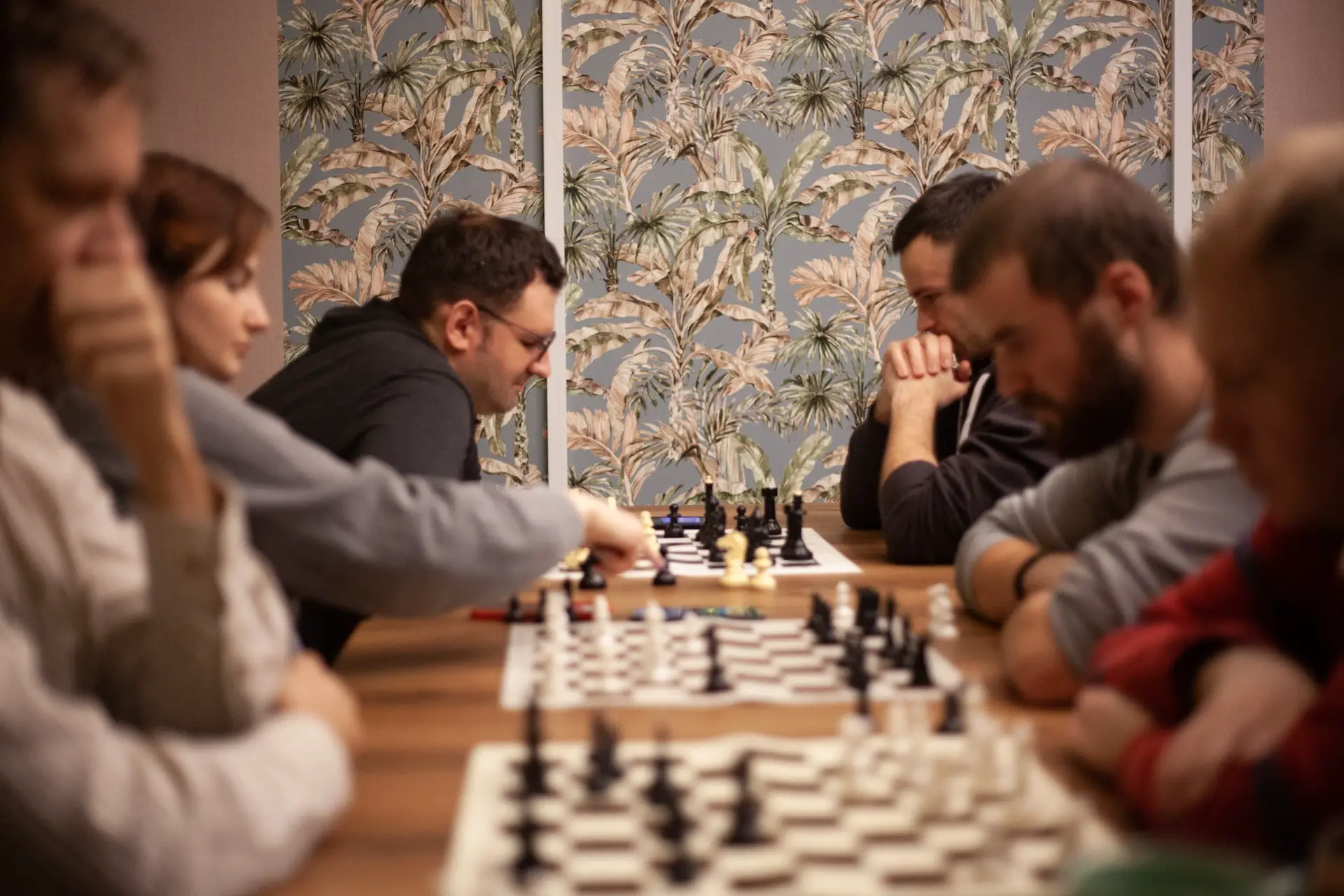Chess is a strategic board game that has been played for centuries, with its origins dating back to ancient India. The game is played by two players, each with pieces that include a king, queen, rooks, bishops, knights, and pawns. The game’s objective is to checkmate the opponent’s king, which means placing it under an attack that it cannot escape.
One of the most crucial aspects of chess is the opening moves. The opening moves are the first few moves that each player makes at the start of the game, and they can significantly impact the rest of the game. A strong opening can set the tone for the entire match and give a player an early advantage, while a weak opening can leave a player vulnerable and struggling to catch up.
The purpose of this article is to answer the question, “How many possible first moves in chess?” We will explore the 20 possible first moves in chess, the complexity of chess openings, the history of opening theory, and why opening moves are so important in the game of chess. By the end of this article, readers will better understand the strategic importance of the opening moves and how they set the stage for the rest of the game.

The 20 Possible First Moves in Chess
Contents
Algebraic notation is a standardized method of recording chess moves using abbreviations for the pieces and their positions on the board. A unique combination of a letter and a number identifies each square on the chessboard. For example, the bottom left square is a1, and the top right square is h8.
With algebraic notation, each move is recorded by indicating the starting square and the ending square of the piece being moved. Pawns are represented by their starting square only, and captures are indicated by an x between the starting and ending squares.
Here are the 20 possible first moves in chess, listed in algebraic notation, along with a brief description of each:
e4 – This is the most common opening move, and it opens up the diagonal for the bishop and the queen.
d4 – This move controls the center of the board and prepares for the development of the queen’s bishop and king’s knight.
Nf3 – This move develops the knight and prepares to control the center.
c4 – This move controls the center and prepares for the development of the queen’s knight and bishop.
Nc3 – This move develops the knight and prepares for control of the center.
g3 – This move prepares for the development of the bishop and allows for the control of the f4 square.
Bg2 – This move develops the bishop and prepares for the castle.
f4 – This move controls the center and opens up the diagonal for the king’s bishop.
b3 – This move prepares for the development of the queen’s bishop and controls the c4 square.
Ba3 – This move prepares for the exchange of the bishop and knight and puts pressure on the f7 square.
Qd2 – This move prepares for the castle and puts pressure on the d5 square.
0-0 – This move castles the king and prepares for control of the center.
Rae1 – This move prepares for the development of the queen’s knight and puts pressure on the e5 square.
Nge2 – This move prepares for the development of the king’s knight and puts pressure on the f4 square.
h3 – This move prepares for the development of the bishop and prevents any threats on the g4 square.
d5 – This move controls the center and puts pressure on the e6 square.
exd5 – This move opens up the diagonal for the queen and puts pressure on the f6 square.
Nxd5 – This move develops the knight and puts pressure on the f6 square.
Nxf6+ – This move forces the king to move and gains control of the center.
Qxf6 – This move gains control of the f6 square and puts pressure on the black king.
Each of these opening moves has its own strengths and weaknesses and can lead to various game positions and strategies. The choice of opening move can depend on a player’s personal style, as well as their knowledge of their opponent’s playing style and preferences.

The Complexity of Chess Openings
As mentioned earlier, the opening moves in chess can have a significant impact on the rest of the game. They can set the tone for the entire match, dictate the pace of play, and determine the strategic direction that the game will take. A strong opening can give a player an early advantage, while a weak opening can leave a player vulnerable and struggling to catch up.
However, the complexity of chess openings goes beyond simply choosing a strong move to make at the start of the game. There are countless opening strategies and variations, each with its own strengths and weaknesses, that players can use to gain an advantage over their opponents.
For example, some players prefer to play defensively in the opening, focusing on controlling the center of the board and developing their pieces in a way that is difficult for their opponent to attack. Other players may prefer to play aggressively, using opening moves that put immediate pressure on their opponent’s position and force them to react.
Furthermore, countless variations of popular opening strategies can further complicate the game and add to the number of possible moves and variations. For example, the Sicilian Defense is a popular response to the e4 opening move, but there are many different variations of this defense that can lead to vastly different game positions and strategic directions.
The complexity of chess openings means that players must be familiar with the basic opening moves and strategies and prepared to adapt to unexpected variations and respond to their opponent’s moves with careful planning and strategy.
The History of Chess Openings
The development of opening theory in chess is a fascinating subject that spans centuries and has been influenced by a wide range of cultures and players. The history of chess openings can be traced back to the earliest known versions of the game, which were played in India and Persia over a thousand years ago.
One of the earliest recorded chess openings was the “pawn game,” which involved moving the pawn in front of the king or queen two spaces forward on the first move. Over time, players began experimenting with different opening moves and strategies, developing more complex and sophisticated opening systems.
In the 19th century, several influential chess players and writers began to publish books and articles on opening theory, codifying and refining many of the opening systems still in use today. Some of this period’s most influential writers and players included Howard Staunton, Wilhelm Steinitz, and Emanuel Lasker.
In the 20th century, chess openings continued evolving as players from different cultures and countries brought unique perspectives and strategies to the game. Soviet chess players, for example, developed a number of powerful opening systems and played a dominant role in international chess competitions for many years.
Today, the opening theory is a critical part of modern chess play, with players constantly experimenting with new systems and variations in an effort to gain an edge over their opponents. The rise of computer analysis has also had a profound impact on opening theory, with players using powerful chess engines and databases to analyze and refine their opening strategies.

So, How many Possible First moves in Chess?
The opening moves in chess play a critical role in setting the tone and direction of the game. The 20 possible first moves in chess, recorded using algebraic notation, provide players with a range of options and possibilities to explore. However, the complexity of chess openings goes beyond the basic moves themselves, with countless variations and strategies that can further complicate the game.
The history of chess openings reflects the evolution of the game over time, with players and cultures from around the world contributing their own unique perspectives and strategies. Today, the opening theory is a critical part of modern chess play, with players constantly refining their strategies and experimenting with new systems in an effort to gain an edge over their opponents.
Ultimately, the importance of opening moves in chess cannot be overstated. They set the tone for the entire game and can determine the strategic direction that the match will take. The possibilities created by the 20 possible first moves in chess and the countless variations and strategies that follow make every game a unique and endlessly fascinating challenge for players of all levels.
Want to know how long it takes to learn chess? Read it here.





